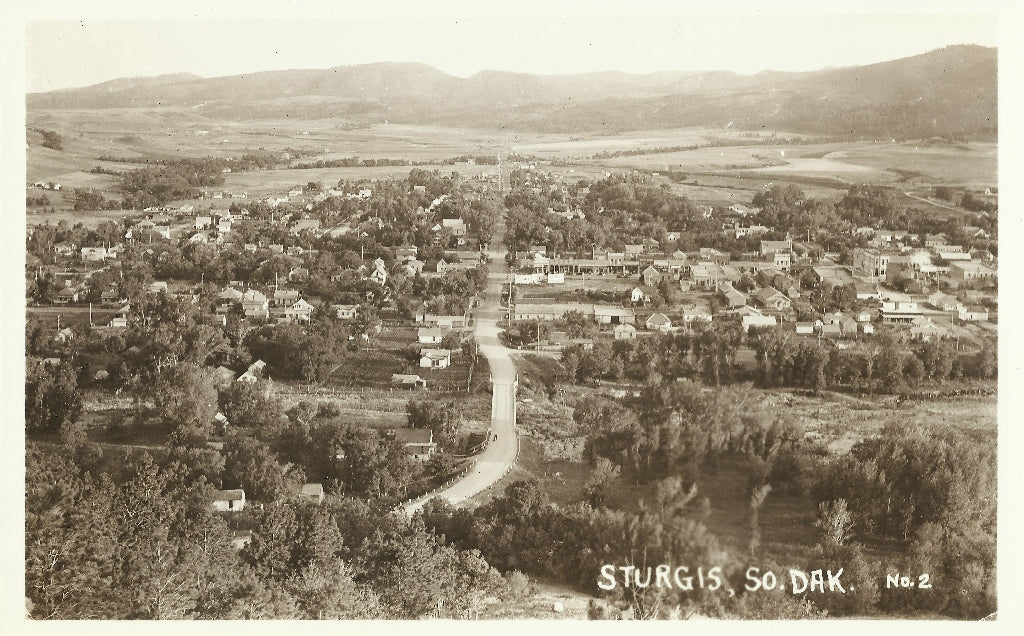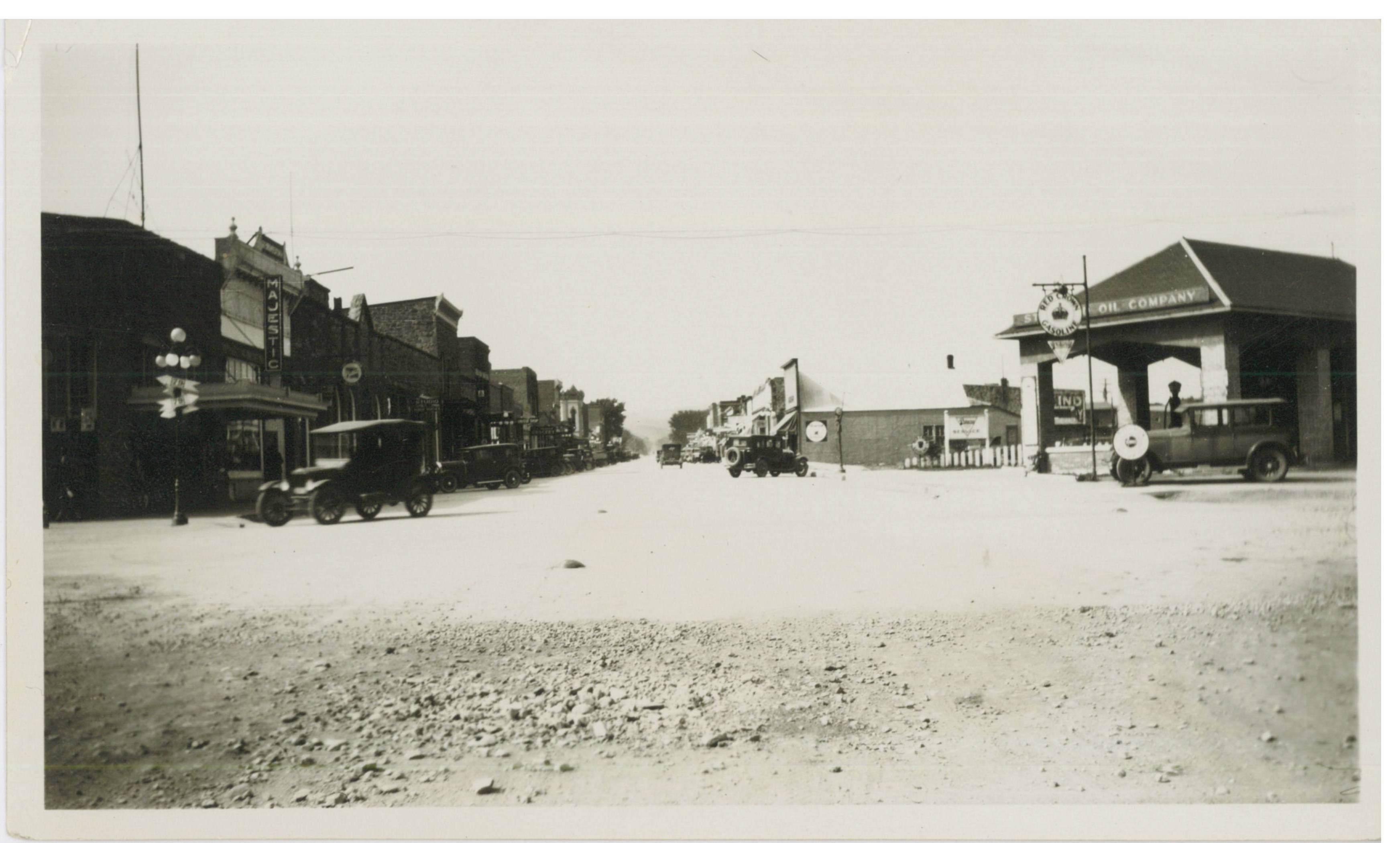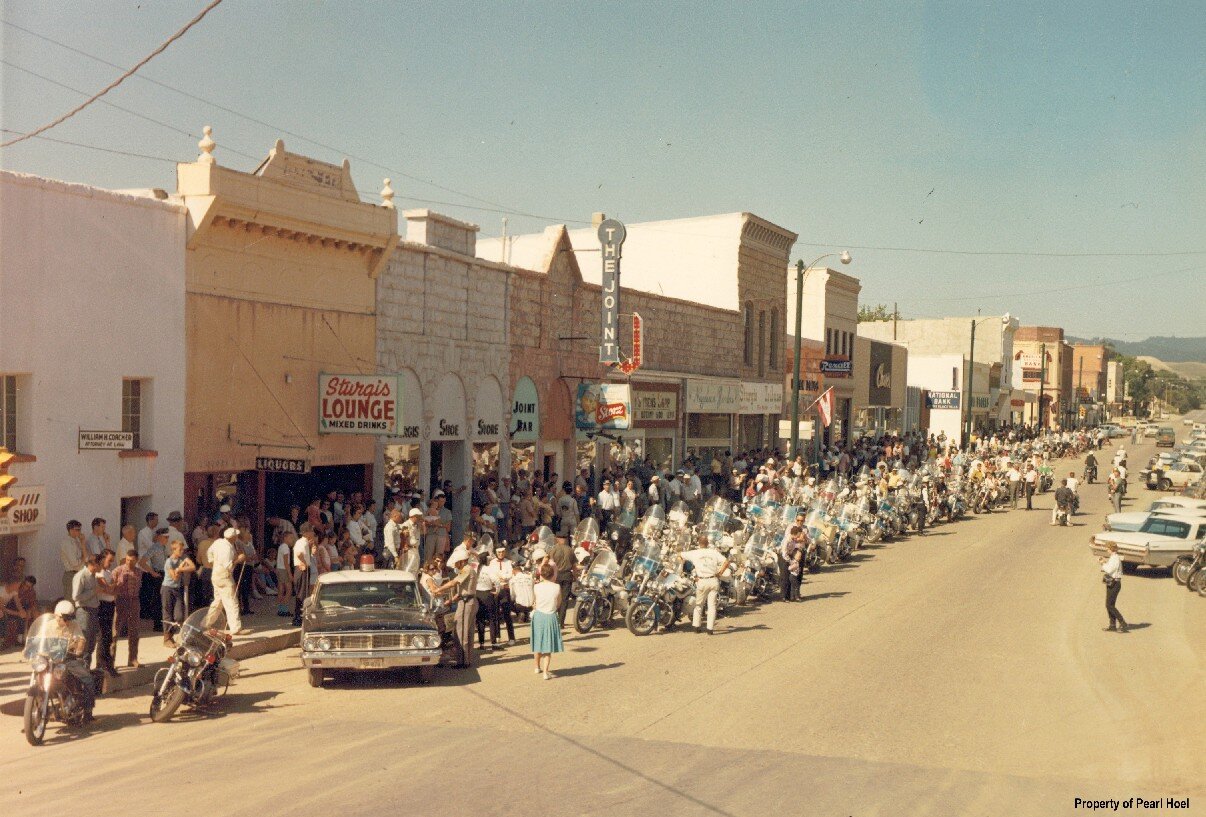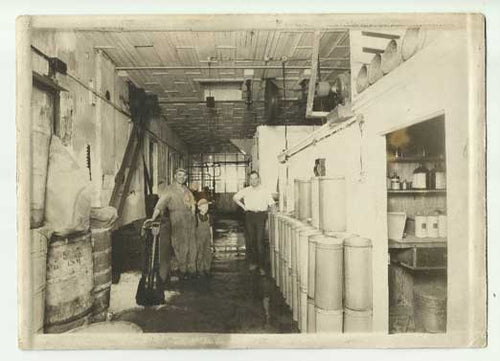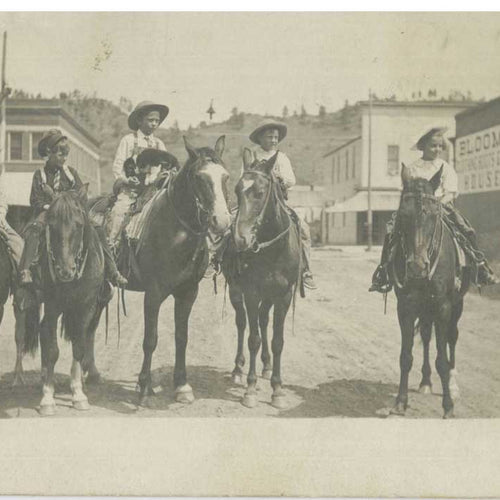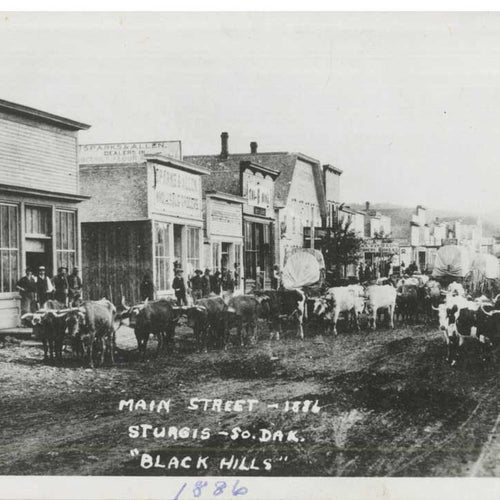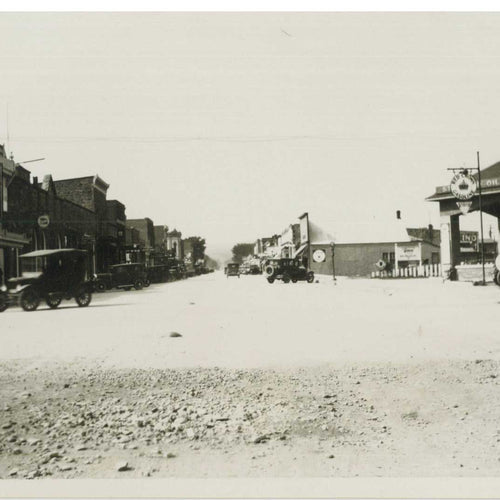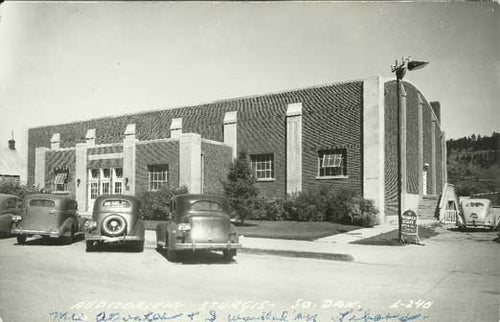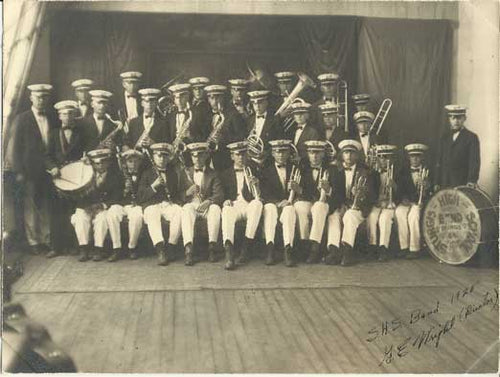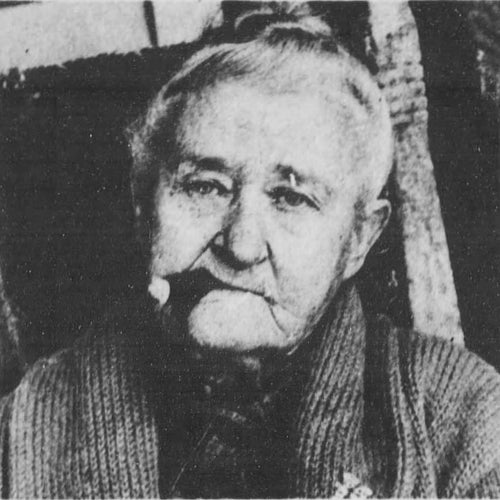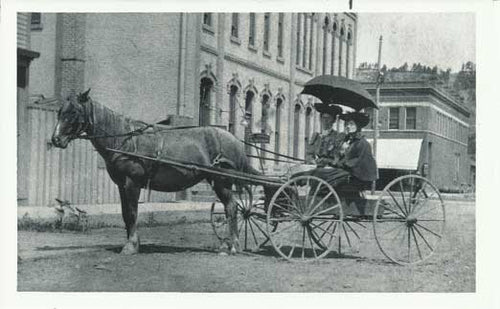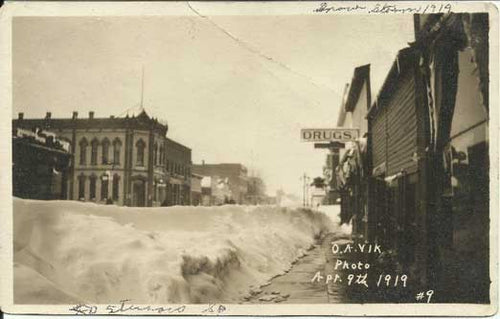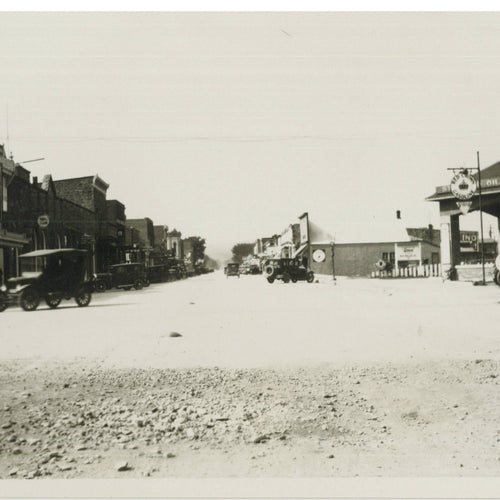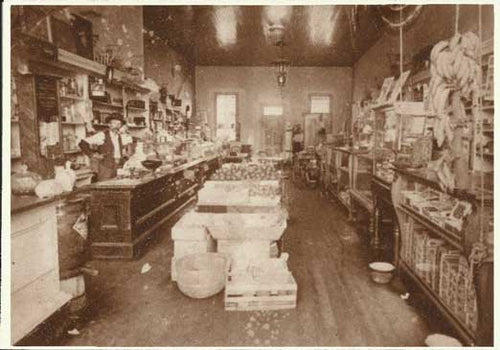Experience Sturgis
The Sturgis Rally moves beyond the boundaries of motorcycles themselves. Witness heart-stopping racing events and forge enduring bonds with fellow riders who share your passion. It is an indelible experience that encapsulates the spirit of freedom, adventure, and the unyielding essence of the open road. Join us in Sturgis, South Dakota, and become an integral part of the heritage that has raised the Sturgis Rally to the status of an iconic and must-attend event for motorcycle enthusiasts worldwide.
Sturgis History
Sturgis, named for Col. Samuel Sturgis of the U.S. Seventh Calvary, was established in 1878 as a "no holds barred" supply center for Fort Meade.
Laid out by Jeremiah Wilcox, an in-law of Colonel Sturgis, and Henry M. Lazelle, a major of the First U.S. Infantry stationed at Fort Meade. Sturgis had an ample representation of saloons and gambling dens. In fact, Sturgis became known as "Scooptown," because of the regularity with which these establishments "scooped" the pay from Fort Meade soldiers' pockets.
That moniker lives on today as the Sturgis Brown High School athletic teams are known as the “Scoopers.”
In the early years, Sturgis was widely known as the Key City of the Black Hills in reference to its geographical position at the valley entrance to the Northern Black Hills, where the most significant deposits of gold were discovered.
In 1880, Sturgis and Fort Meade were a part of Lawrence County. That year, Sturgis had a population of 60; while Fort Meade’s population was a whopping 525.
But it continued to grow exponentially. A news story in The Sturgis Weekly Record from 1887 said: “More building and improvements have been done in Sturgis within the past two years than has been done in any other town in the Black Hills.”
In that story it was also revealed that housing lots were selling every day from $10 to $500.
Sturgis would continue on its upward trajectory. Residents in and around Sturgis in what was then eastern Lawrence County voted 690 to 29 in favor of segregating from Lawrence County to become Meade County.
The vote in Sturgis was 359 to 3, according to the Sturgis Weekly Record of Sept. 1887. The landmass was organized in 1877 as Lawrence County thus was divided in 1889. The eastern and largest part of the separation was named Meade in honor of the nearby cavalry post which had been established in 1877. Fort Meade was named by Army authorities for Gen. George C. Meade, a union commander at the civil war battle of Gettysburg.
Today, Meade County covers more than two million acres, but when it was created in 1889 it included only the southern area of the county. Ten years later, two counties on the north, Scobey and Delano, were incorporated into Meade.
By 1900, Sturgis had grown to a population of 1,100.
While Sturgis has been home to several true “characters” of the Old West, perhaps none is more associated with the town than “Poker Alice.” Alice Ivers Tubbs was known throughout the West, but it was in Sturgis where she went from being a recognizable name in Western mining towns, to being a true legend of the American West.
The incident which did so much to propel Alice to infamy took place in 1913. Alice, after spending a portion of the 1890s in Deadwood and Lead, had married Warren G. Tubbs and retired to ranch life north of Sturgis near the Moreau River, raising a family.
When Tubbs died in 1909, however, Alice buried him in Sturgis, and opened a gambling house to support herself. It was located in a two-story house just outside of the city limits on the north bank of Bear Butte Creek, at the crossing of Junction Avenue. Alice’s “house” featured not only gambling, but also prostitutes, catering to the cavalrymen stationed at Fort Meade, just over a mile to the east.
On this particular evening, it is said that five regular Army men, accompanied by a number of the members of the National Guard, went to the Tubbs “resort” with the avowed intention of starting a "rough house."
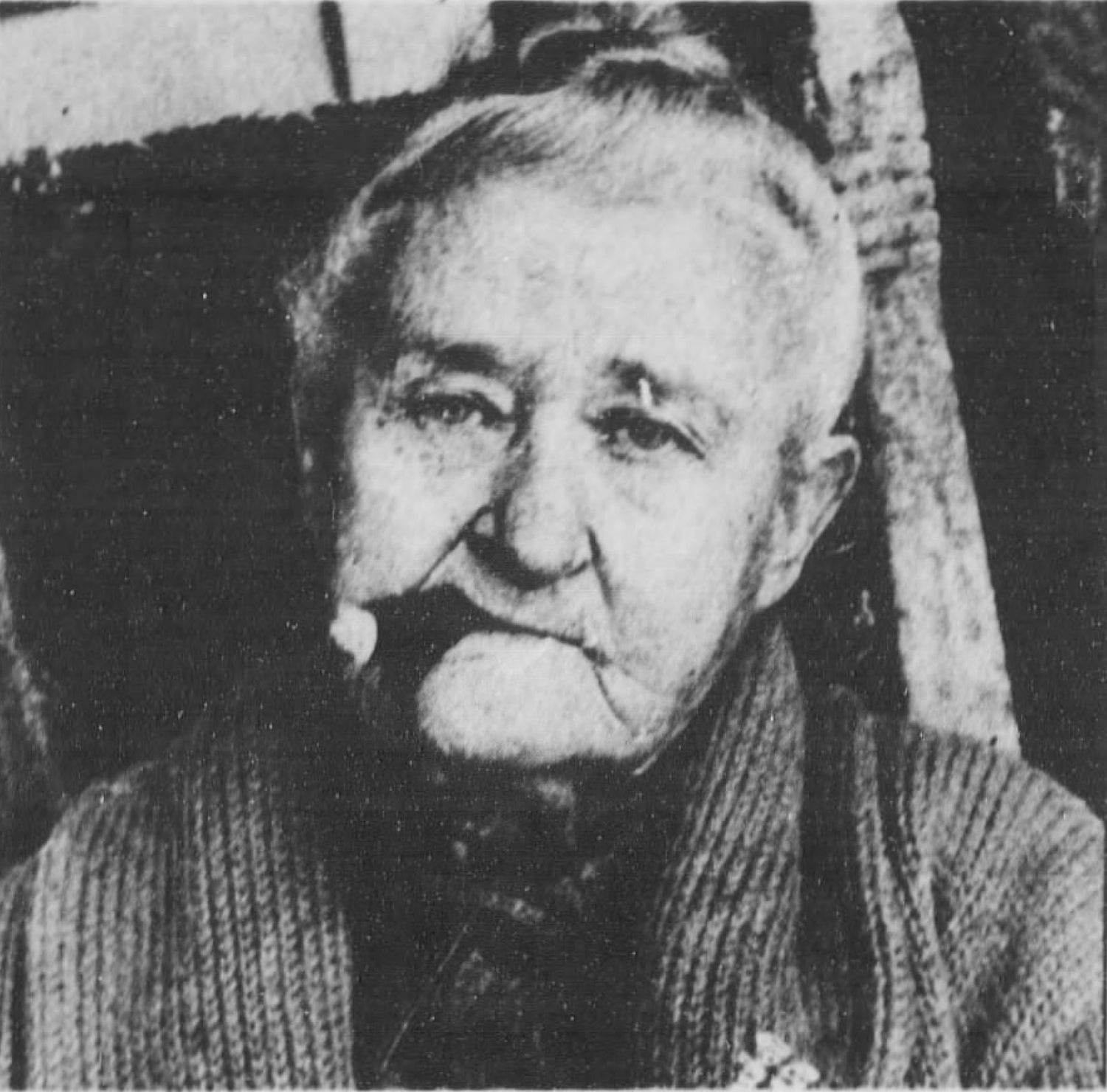
Alice and the women residing within the house recognized that their language and condition suggested trouble, so they refused them entrance. Angered by the refusal of the women to entertain them, the soldiers surrounded the house at about 10:30 p.m. They began by cutting the telephone and electrical light wires leading to the building, and, in the darkness, began throwing stones through the windows. “Poker Alice,” the 50-year-old gambler and madam, appeared in an upper window and started shooting calmly into the crowd with a Winchester rifle. It is said that five shots took effect on the unruly soldiers. One soldier was shot in the head and later died.
Alice was not charged in the killing. It was found that she had been protecting her property and acting in self-defense. However, she was charged with “keeping a house of ill-fame,” and bound over with a $1,000 bond, which she promptly paid.
Sturgis has changed much over the years but remains a colorful and fascinating area rich in history and character.
In 1938, motorcycle enthusiast J.C. "Pappy" Hoel got a few friends together for a weekend of friendly competition, picnicking, and a tour of the Black Hills. Today, the City of Sturgis Motorcycle Rally is known worldwide.
And Sturgis has embraced a new title, “City of Riders,” in reference not only to motorcycles, but also in tribute to the presence of the 4th, 7th and 10th Cavalries stationed at Fort Meade as well as mountain bikes, ATVs, Camaros and Mustangs (who annually hold rallies in the community as well).
Fort Meade, just a mile east of Sturgis, is now home to the Fort Meade Veterans Administration Medical Center which serves thousands of veterans across a five-state area.
And a mile to the south of Sturgis is the Black Hills National Cemetery, called by many “The Arlington of the West.”
Today, Sturgis has a population of just over 7,000 people and it continues to grow with hundreds of new homes and businesses settling in the community in the past 10 years.

